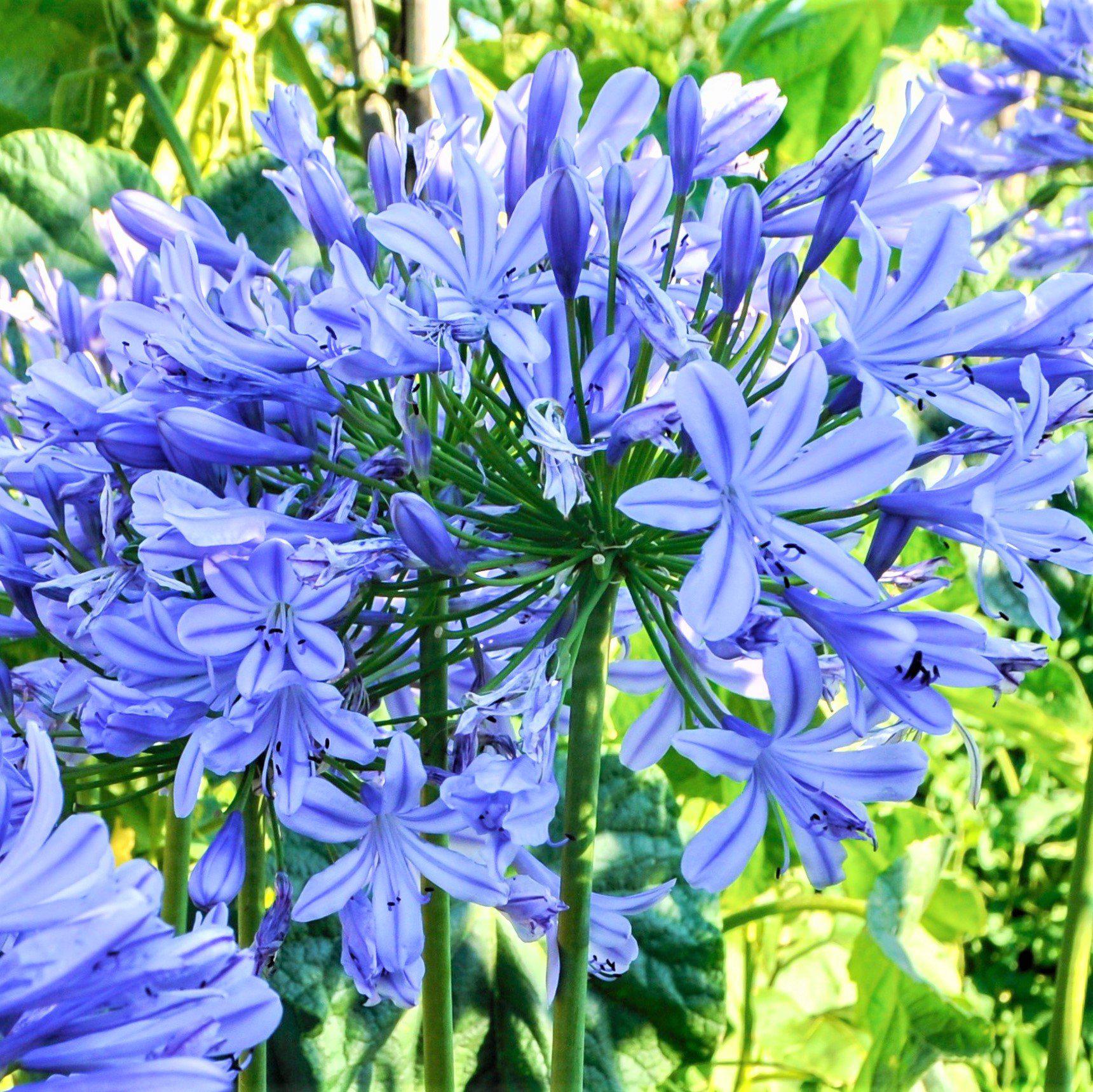Agapanthus Friend Plant Kingdoms: Perfect Pairings for Your Garden
Agapanthus Friend Plant Kingdoms: Perfect Pairings for Your Garden
Blog Article
Grasping the Art of Agapanthus Treatment: Important Actions for Healthy Growth and Dynamic Flowers
In the realm of cultivation, the cultivation of agapanthus stands as a satisfying venture for those who look for to nurture these elegant flowering plants. From selecting the appropriate range to grasping pruning techniques, the trip towards growing growing agapanthus plants is complex and holds the key to opening the full possibility of these botanical treasures.

Choosing the Right Agapanthus Selection

When picking the appropriate Agapanthus variety for your yard, consider variables such as environment suitability, flower shade, and development practice. In addition, think about the environment in your region to make certain the Agapanthus range you choose can grow in your specific problems. Understanding the growth behavior of various Agapanthus selections is important for correct positioning within your garden.
Ideal Growing Problems
Taking into consideration the optimum ecological requirements is necessary for effective Agapanthus cultivation. Agapanthus plants are delicate to cool temperatures and ought to be secured from frost during winter season months.
To guarantee healthy development and vivid blossoms, plant Agapanthus light bulbs at a deepness of concerning 2-4 inches and area them 8-12 inches apart. Adding raw material, such as compost, to the dirt can enhance drain and fertility, promoting robust root advancement. Mulching around the base of the plants assists keep wetness and suppresses weed development. Normal watering is crucial, especially throughout the expanding period, to keep the soil consistently damp yet not saturated.
Watering and Fertilizing Tips
Keeping correct moisture levels and giving vital nutrients are key components in the care program for Agapanthus plants. When it comes to sprinkling Agapanthus, it is essential to strike a balance. These plants choose continually moist dirt but are at risk to root rot if overwatered.
Fertilizing Agapanthus is crucial for promoting healthy growth and respected flowers. Use a balanced plant food, such as a 10-10-10 formula, in the very early spring as new growth emerges. Repeat this application every 6-8 weeks throughout the growing period. Stay clear of too much fertilizing, as it can lead to lush foliage at the cost of blooms. Always follow the producer's go to this website guidelines for proper dilution and application approaches. By adhering to these watering and feeding ideas, you can ensure your Agapanthus plants grow and produce dynamic, resilient flowers.
Pruning Techniques for Agapanthus
Pruning Agapanthus plants at the appropriate times and with proper strategies is critical for maintaining their health and advertising ideal growth and flowering. The ideal time to trim Agapanthus is in late wintertime or early springtime before new development emerges.
For flowered stems, wait until the blooms have actually perished and after that trim them back to the base. This not just cleans the plant's look however also motivates the advancement of brand-new flower buds. Deadheading invested flowers can additionally redirect the plant's energy into generating more flowers rather than establishing seeds. Nevertheless, if you intend to collect seeds for breeding, leave some flowers to completely dry and fully grown on the plant.
Remember to use tidy, sharp tools to make specific cuts and decrease the risk of presenting conditions. Agapanthus. Routine trimming will assist keep your Agapanthus looking neat and healthy while making certain a plentiful display of attractive blossoms
Dealing With Typical Pests and Diseases
After guaranteeing proper pruning strategies for Agapanthus, it is necessary to address typical insects and illness that can affect the wellness and vigor of these plants. Agapanthus plants are typically durable but can still fall sufferer to certain problems. One common parasite that affects Agapanthus is the Agapanthus gall midge. This tiny, orange fly lays its eggs in the foliage, resulting in altered growth and flower buds that fall short to open. To battle this bug, trim and ruin any affected plant components and consider using insecticidal soap.
Furthermore, Agapanthus plants can suffer from root rot if they are grown in badly draining dirt. By being attentive and taking prompt action against parasites and illness, you can aid check out this site your Agapanthus plants thrive and produce vivid blooms. Agapanthus.

Conclusion
In final thought, mastering the art of agapanthus treatment involves picking the best range, offering suitable growing conditions, correct watering and feeding, proper pruning strategies, and addressing usual parasites and conditions. By complying with these essential steps, you can ensure healthy development and vivid flowers for your agapanthus plants. Remember to frequently monitor and keep your plants to promote their overall health and durability.
To make certain healthy growth and vibrant blossoms, plant Agapanthus bulbs at a deepness of regarding 2-4 inches and space them 8-12 inches apart. By adhering to these watering and feeding ideas, visit site you can ensure your Agapanthus plants prosper and generate lively, durable flowers.
One typical insect that affects Agapanthus is the Agapanthus gall midget. Furthermore, Agapanthus plants can endure from origin rot if they are planted in inadequately draining dirt. By complying with these necessary steps, you can make sure healthy and balanced development and vibrant blooms for your agapanthus plants.
Report this page